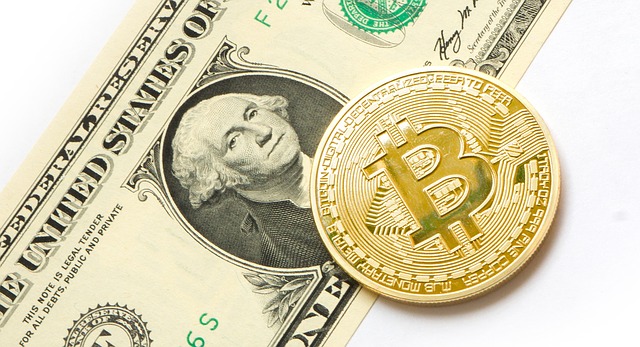
The impact of the COVID-19 pandemic has been so tremendous it made the world stop spinning. Businesses were forced to temporarily shut down and people locked themselves at homes as nation-wide quarantine measures are being implemented in many affected countries. Amidst the panic and fear, investors have begun to take flight to safety, exiting their positions from all kinds of investments and fleeing to U.S dollars.
The chart below shows the negative yield of the United States 3-month Treasury bond. There is no clearer evidence that the majority of people still trust the integrity of U.S dollars despite the recent announcement of unlimited Quantitative Easing (QE). People are flocking to buy the bond which promises them lesser returns than the money they have initially invested. This reflects the investors’ desperation to find a safer store of value during this time of chaos.
The Dollar Index spiked upwards violently during the stocks sell-off on March 9, reiterating the narrative of U.S dollars being a short-term safe-haven asset. However, as the stock markets started to bounce back, the index has corrected slightly downwards.
Bitcoin, despite its original intention to become new money of the digital era, has seen substantially less attention. The orange coin was trading above $8,000 before a flash crash took it down to revisit $3,850. This is a level we have not seen since the peak of the 2018 bear market. Losing more than 50% of its value in less than 48 hours, Bitcoin sprung back and reclaimed an important foothold at $6,400 only a few days later. There was an attempt to break $7,000 earlier this morning, before falling back down. Bitcoin is now trending around the $6,600 level.
With all that said, the mass majority who are unaware of the existence of Bitcoin still preferred fiat currency when calamity hits the market. The recent price development of Bitcoin can be seen as speculators joining the band and trying to profit from the volatility the asset offers.
The real test for Bitcoin lies ahead if the traditional market fails to recover and more unfortunate events send the world economy into a global depression. Whether if the world will shift in the direction of electronic and contactless payment to avoid the highly transmissive COVID-19 or the dreadful bank run, Bitcoin will have to prove itself to be a viable method in those times of desperation.
The SCN30 index has seen a sharp decrease from the pre-crash at 140 points to 101 points at the time of writing. The data suggests that the high-cap altcoins are steadily recovering but at a slower rate than Bitcoin as the King of Crypto regains its market dominance.
You may also want to read: Financial Crisis: The Beginning and the End of Bitcoin?


